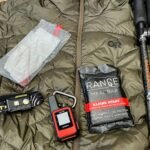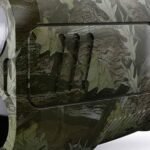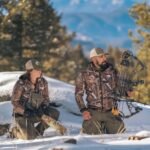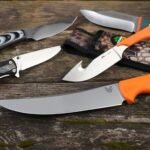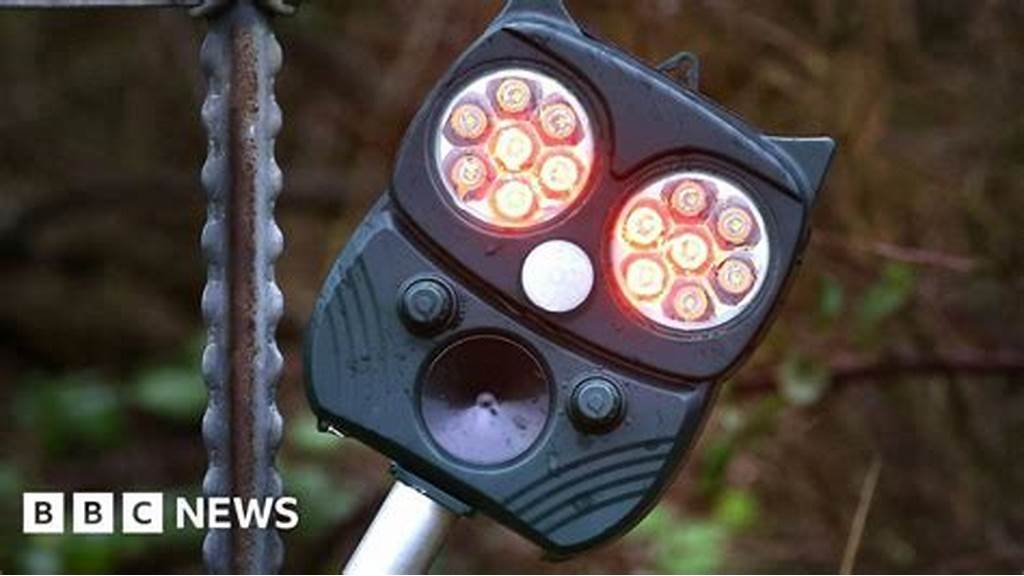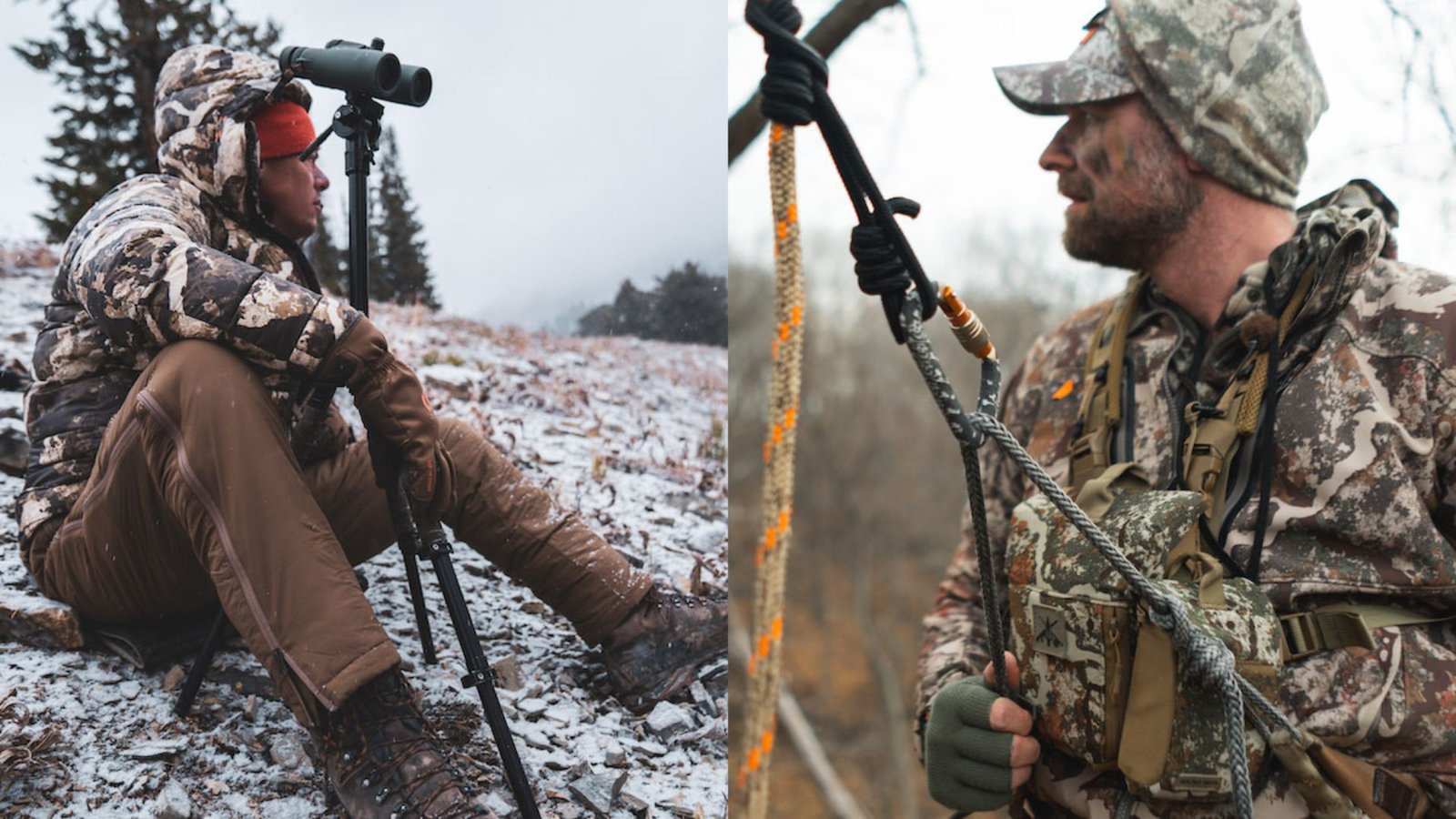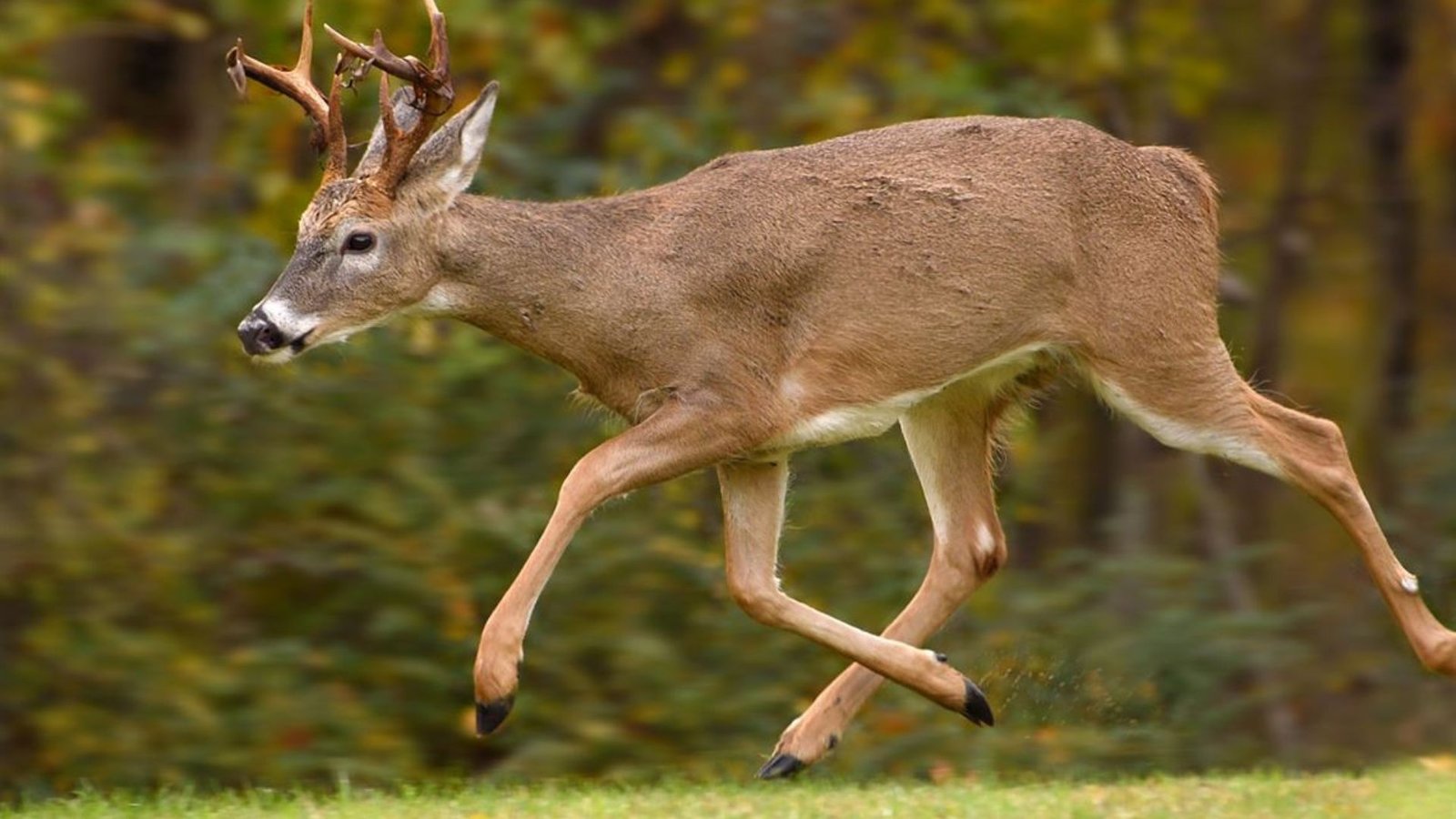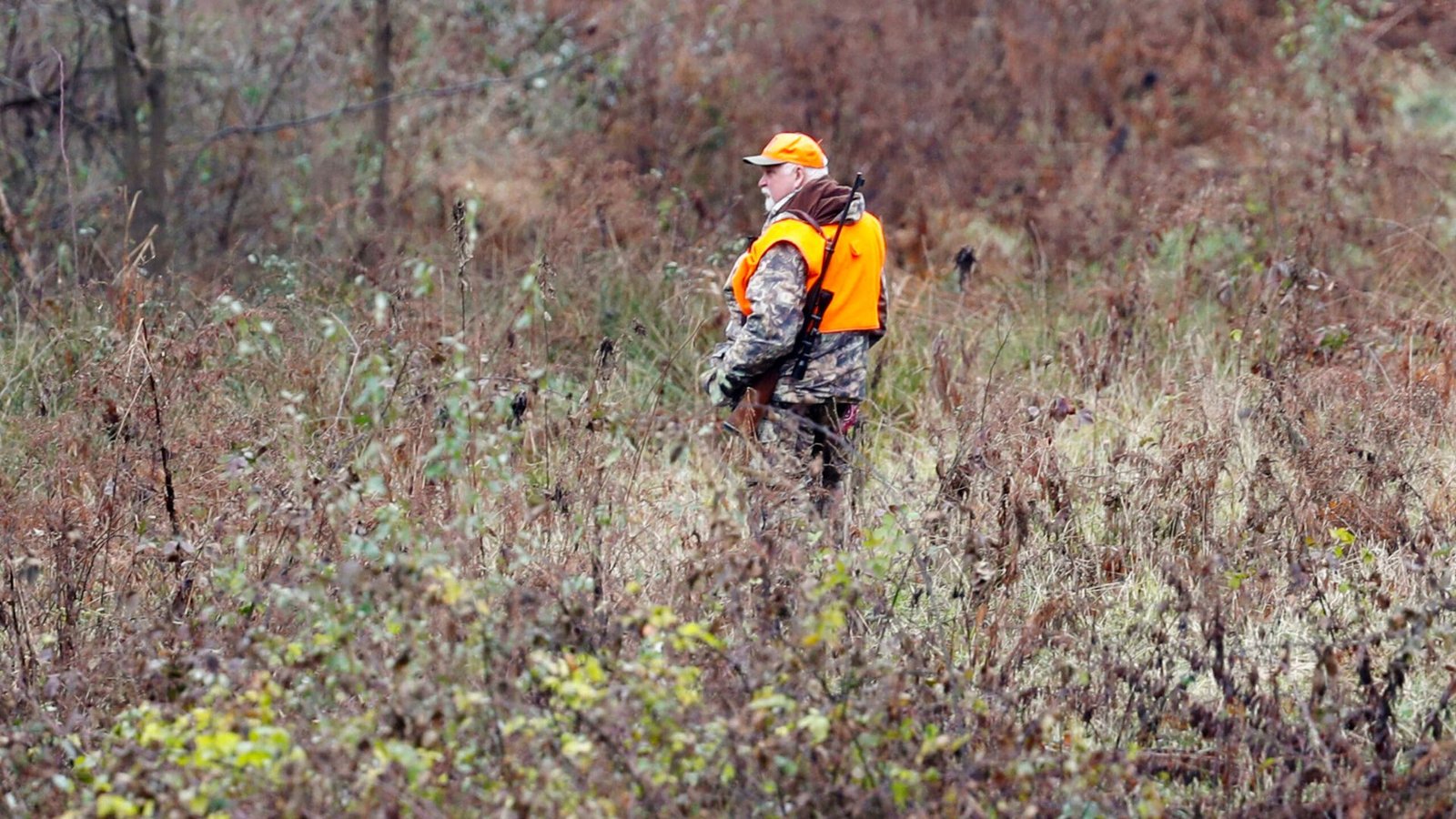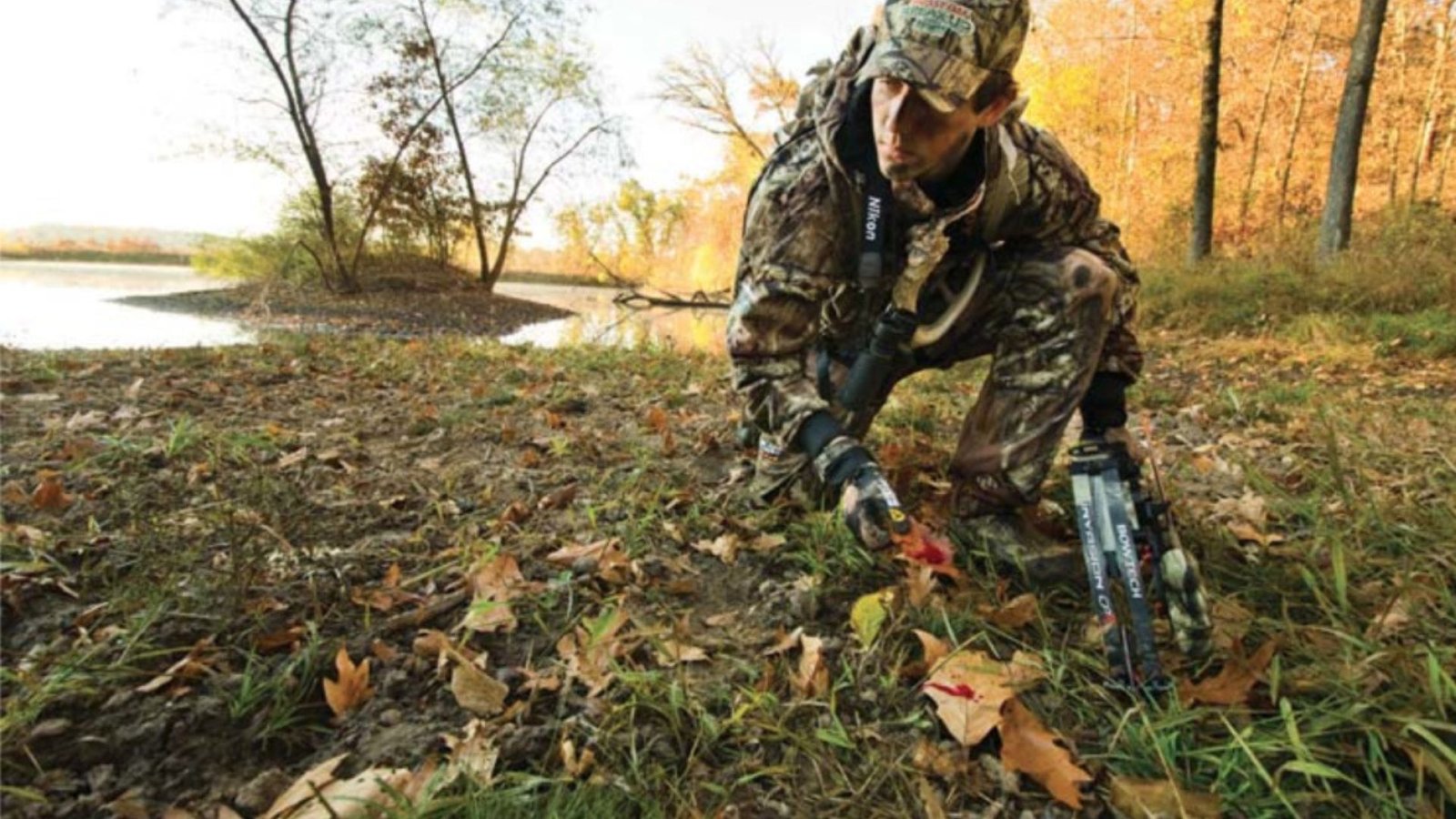Tracking deer successfully involves adapting to various terrains. Each environment presents unique challenges, requiring specific skills and strategies to identify and follow deer trails. Here’s a detailed guide to tracking deer through different types of terrain.
Understanding Terrain Types for Tracking Deer
1. Forested Areas
- Characteristics: Dense vegetation and limited visibility.
- Tracking Tips:
- Look for broken twigs, trampled grass, and stripped bark.
- Follow deer trails by observing disturbed leaves or paths created by frequent movement.
- Use a compass or GPS to avoid getting lost in dense woods.
2. Grasslands
- Characteristics: Open fields with minimal obstructions.
- Tracking Tips:
- Spot flattened grass where deer have walked or rested.
- Look for droppings and hoof marks in soft soil.
- Stay low to the ground to minimize visibility and avoid alerting deer.
3. Swamps and Wetlands
- Characteristics: Muddy terrain with water patches.
- Tracking Tips:
- Follow tracks in the mud, paying attention to the depth of prints for size and weight.
- Look for trails leading to water sources, as deer often visit these areas.
- Wear waterproof gear to navigate the terrain comfortably.
4. Rocky Terrain
- Characteristics: Uneven ground with limited soft surfaces.
- Tracking Tips:
- Look for scuff marks or small rock displacements indicating movement.
- Focus on areas with vegetation that deer may graze on.
- Watch for trails along cliff edges or natural pathways.
5. Snowy Terrain
- Characteristics: White, soft ground that reveals clear tracks.
- Tracking Tips:
- Follow fresh tracks, as older ones may fill with snow or melt away.
- Look for bedding spots where deer shelter from the cold.
- Note gait patterns to determine if the deer is walking, trotting, or running.
6. Farmlands and Fields
- Characteristics: Open spaces often near food sources like crops.
- Tracking Tips:
- Identify paths leading to and from feeding areas.
- Check for crop damage and deer droppings.
- Use binoculars to scout from a distance before entering the field.
7. Hilly or Mountainous Areas
- Characteristics: Steep inclines and rugged terrain.
- Tracking Tips:
- Look for trails along natural ridges or valleys.
- Pay attention to the direction of movement, as deer prefer paths that conserve energy.
- Use high vantage points to spot deer from afar.
General Tips for Tracking Deer Across Terrain
- Study the Environment: Familiarize yourself with the terrain and the deer’s habits within that area.
- Use Technology: GPS devices and mapping tools can help track and navigate through challenging terrains.
- Stay Quiet: Move slowly and avoid making noise that could spook the deer.
- Analyze the Signs: Look for secondary clues like droppings, feeding areas, or bedding spots.
- Adapt Your Approach: Each terrain demands a unique strategy; be ready to adjust as you progress.
Conclusion
Tracking deer through different terrains is both an art and a science. By understanding the specific characteristics of each environment and applying the right techniques, hunters can significantly increase their chances of success. Whether in forests, fields, or mountains, preparation and adaptability are key to mastering the skill of deer tracking.



